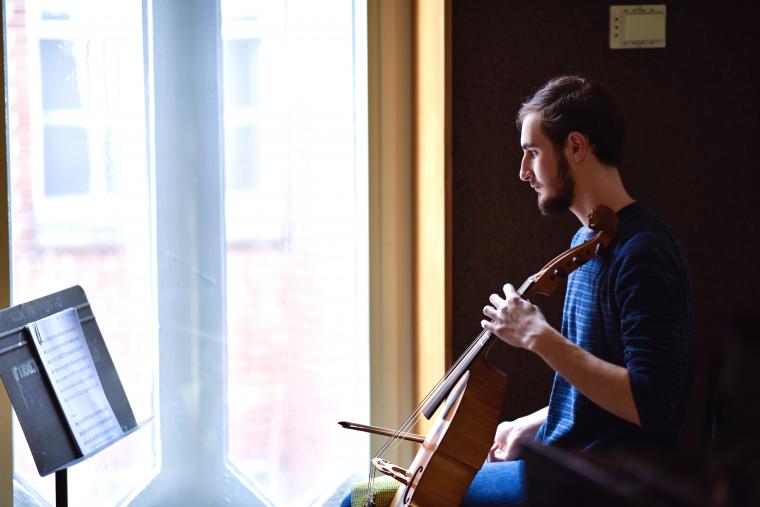Winter Term
Individual Projects
Students can test new ideas and expand their horizons through self-directed individual projects.

Guidelines for Individual Projects:
1. Students must complete 100 hours of project work across the three-and-a-half weeks of Winter Term.
2. Project content can focus on any topic. The only rules are that projects cannot be illegal or harmful to the student or others! Any idea or inspiration can become a Winter Term project. Topics may include academic fields, career exploration/development, skill building, hobbies, personal development, research, and so much more. Check out the Winter Term e-Portfolio Gallery to see how other students have turned their ideas into full Winter Term projects.
3. The first step in project planning is to review the Individual Project Guide. Students will then design their own project title, which will appear on their official transcript. Titles are strictly limited to 30 characters, including spaces. The title entered on the application page will appear, as is, on the student transcript.
4. All individual projects must have an Oberlin College faculty or staff sponsor. Students will initiate their sponsorship request by providing their potential sponsor with a full description of their project concept, learning goals, agenda, and planned project artifacts in the online project application.
5. After submitting the project proposal, students will receive an email notification with the sponsor's response to their sponsorship request.
- Visit the Individual Project Guide to find resources for taking ideas and turning them into fully developed projects. The guide is an interactive e-portfolio that includes templates for conceptualize and planning projects, archiving project work, and sharing project artifacts with project sponsors.
- Consider what resources will be needed to make a successful project. Does the project require special equipment? Are there existing events or opportunities that could enhance the project? It can be useful to develop a simple budget to determine costs. A budget template can be found in the "Funding Resources" tab.
- Develop project learning goals, an agenda that supports those goals, and a plan for sharing project learning with the project sponsor. Once a project concept is defined, students will outline specific learning goals and establish an agenda that leads to meeting those goals. Students are encouraged to experiment with novel methods of demonstrating their project learning. Project artifacts, provided to sponsors as evidence of student learning, can take many forms - a reflection essay, public performance, portfolio, or blog. This is an opportunity to be creative!
- Sponsors do more than administer grades for Winter Term projects; they can offer guidance, inspiration, and expertise to make a project more impactful. College and Conservatory faculty and A&PS staff members can serve as project sponsors. A student’s academic advisor may be a suitable sponsor, or they may be able to suggest others who would be a good match for the project. Consider sponsors with academic interests related to the project concept, which can be found by searching department faculty listings.